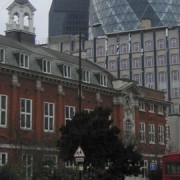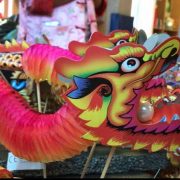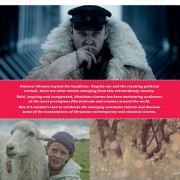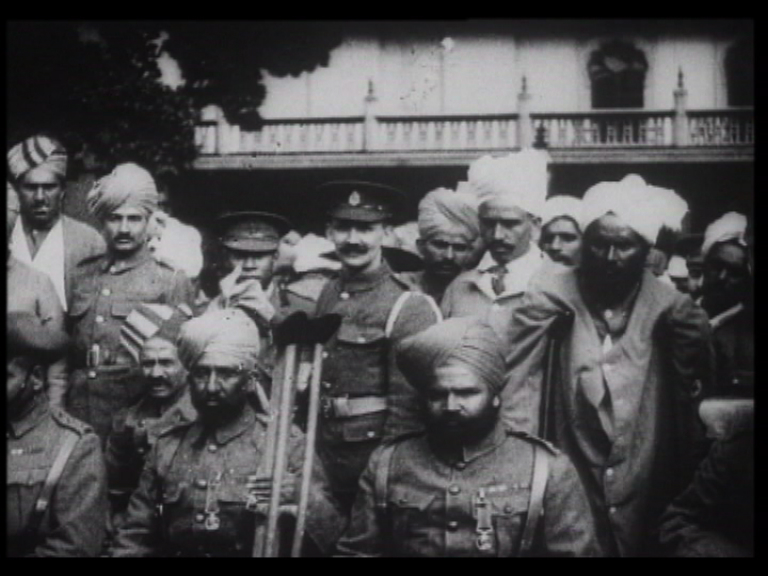
Still from Pavilion V, part of the Pavilion Project. Pic: Said Adrus
During the commemorations marking the centenary of World War One very little has been said about the Indian and Nepali soldiers who lost their lives serving the British Empire. Over one million troops fought in the war and 62,000 of them lost their lives.
Now, an exhibition at Autograph ABP Gallery in Shoreditch has recalled their stories through the work of British artist and filmmaker Said Adrus.
Adrus’ exhibited work consisted of two short films from his Pavilion Project. The first film, Pavilion V, shows archival footage of Indian and Nepali soldiers recovering from wounds in a military hospital at the Royal Pavilion in Brighton. Adrus combined this stock footage from official ceremonies with a slow-motion effect, adding a melancholic and poignant tone to every frame.
The second film, Lost Pavilion, shows original footage of a Muslim Burial Ground in Woking opened by the War Office in 1917 to house the deceased Muslim troops. It is overlapped with footage of what is left of it now, after it was redeveloped as a Peace Garden after constant desecration.
“That cemetery has suffered racist vandalism and desecration pretty much from when it was created until when it was closed, in 2015,” said Karin Bareman, who organised the exhibition. “It is interesting to see how those soldiers were displaced twice, first they were dislocated from India and Nepal and then dislocated from their burials,” added Adrus.
In Lost Pavilion, the voice over of a quintessentially British old man describes what is no longer visible, giving expression to those whose material traces have been offended. “My films are trying to evoke a feeling, exploring architectural spaces as sites of memory. They are personal but also especially collective, and there is a sense of conflict involved in them,” said Adrus.
For Adrus, this remembrance has significance in the present not only because of the centenary of World War One, but also because it addresses the issues of loyalty and citizenship raised in British society after 9/11.
“After September 2001, lots of Muslims were being questioned in their citizenship and loyalty to the UK, but actually one every two families has ancestors fighting in either WWI or WWII,” said Adrus. Adrus’ own family, who was originally from India and then moved to Kenya, was involved the Second World War through enlisting by British colonial masters.
Bareman said that exhibitions such as this try to respond to the current negative representation of Muslims in the media. Adrus added: “With this project I do not intend to glorify war, but to contrast the hegemony of privileged white people talking about WWI. We are constantly bombarded with mainstream accounts.”
Adrus’ exhibition was connected with another show at Autograph ABP, the photographic work of Mahtab Hussein. The show, titled You Get Me?, explored the question of identity among young working-class British Asian men. Both shows finished on Saturday, July 1.
“Hussein has given young British Asian men the chance to represent themselves against the vilifying and stereotypical representations of the media,” said Bareman.
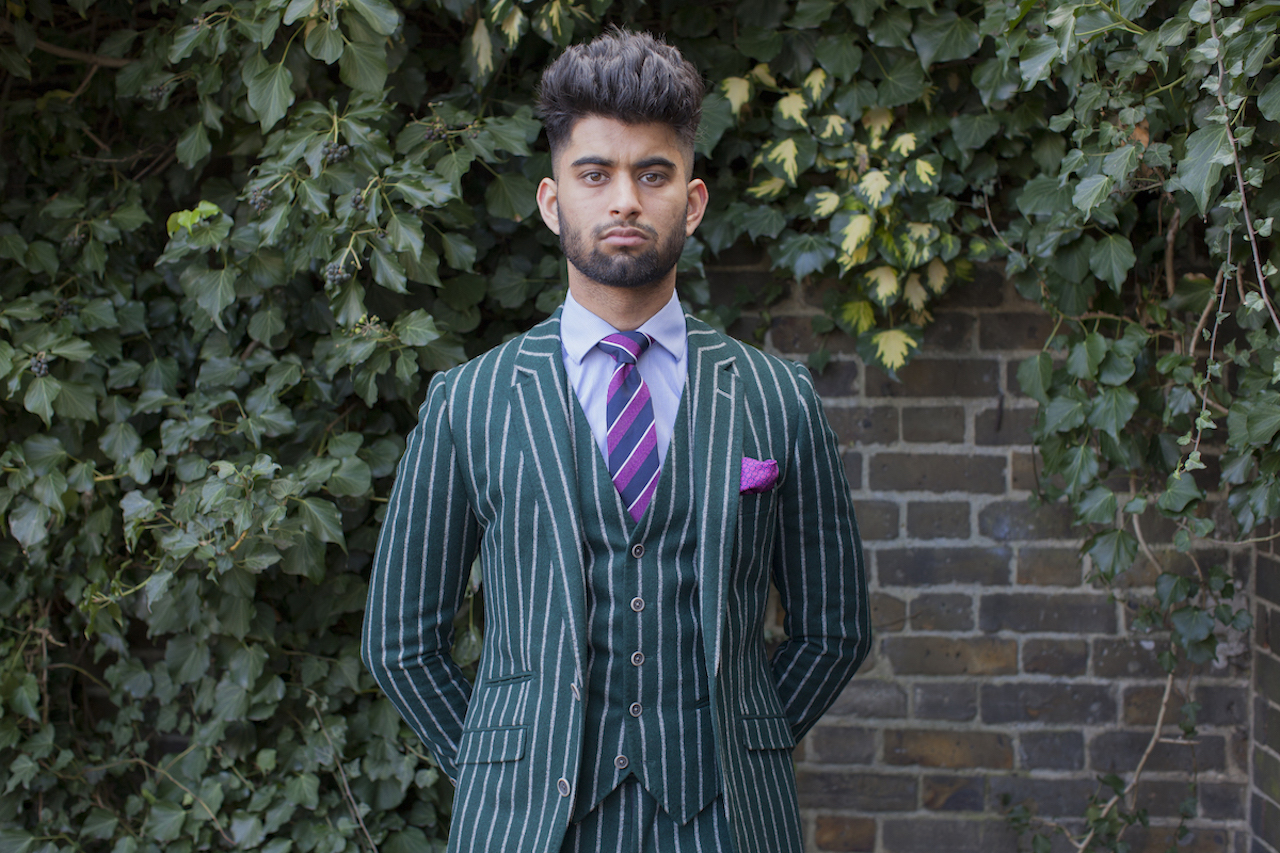
Mahtab Hussain, Green Chalk Strip Suit. From the series You Get Me? (2017). Courtesy of the artist.
Both Adrus’ and Hussein’s exhibitions tried, from different perspectives, to highlight issues of identity and memory, articulating them in their subjective and collective dimensions, in the past and in the present.
Bareman said: “As an organisation, we are interested in giving space to alternative photographic histories and save those fragments from oblivion.” For her, many talented artists like Adrus are in danger of being forgotten simply because they are out of the spotlight or did not make it to the heights of the art world. “Our gallery tries to lift them up and show their worth,” she said.
Other upcoming exhibitions at Autograph explore the question of race, such as in Syd Shelton’s photographs of the Rock Against Racism movement (5 July – 4 August) and Zanele Muholi’s self-portraits on the theme of race and representation (14 July – 28 October).

